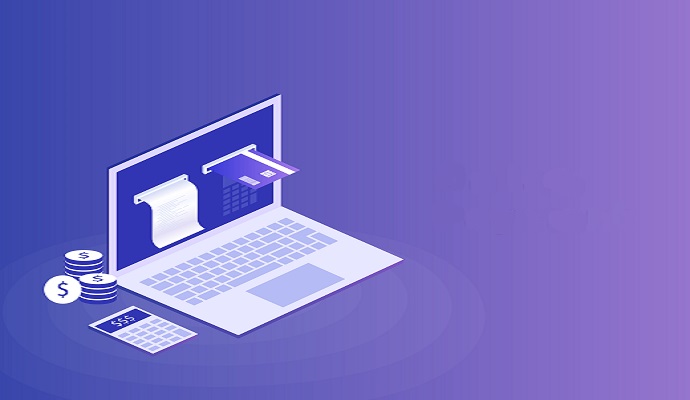A 21st-Century Response to the Patient Collections Challenge
Today’s patient collections challenges call for a smarter approach. Rich data analytics and automation can help health systems proactively identify coverage and optimize collections for reduced revenue loss and a better patient financial experience.

Source: Getty Images
- As more healthcare bills go to patients themselves, many hospitals and health systems find their existing collections strategies fall short. Traditional solutions are built to collect from insurance companies, not directly from patients. This practice leaves providers exposed to an unpredictable financial landscape where the health of their revenue cycle rests on their patients’ ability to pay, which could negative impact the former’s bottom line and the latter’s experience of care.
Failure to calibrate their collections strategies for today’s challenges is why 77% of providers say it takes more than a month to collect from patients, and why 81% of providers are unable to collect balances over $1000 within 30 days, according to an annual report of health payment trends. Could automation and analytics be the answer?
Tackling the pain points in patient collections
The main sticking point in patient collections comes from providers having an incomplete picture of each patient’s insurance options. The bill is issued before the collections team has run a check for active coverage, leading to inevitable delays. Not being smart about following up with the right accounts only compounds the situation: Without knowing whether a patient will be able to pay their bill, providers sink resources into chasing payments that were never going to be made. The process is expensive for hospitals and exasperating for patients.
Amidst this complexity and confusion, providers have come to rely on collections agencies to recover balances, yet they have surprisingly limited insight into what those agencies are actually doing. Agencies can be reluctant to invest in scoring accounts, which leaves providers without the data that could tell them if their collections efforts are working.
All this points to untapped opportunities within healthcare revenue cycles to use data analytics and automation for better patient billing.
Avoid unnecessary write-offs with data-driven segmentation
Shifting to a more patient-centric collections strategy calls for more streamlined workflows, specific to each patient’s needs. Using historical data, demographic information, and insights into a patient’s current financial situation, providers can get a more comprehensive understanding of who their patients are and group them according to their needs and propensity to pay.
Patients’ insurance coverage can change over time, so implementing an automated workflow means providers can scrub for active coverage throughout the patient journey to find the appropriate payment source as soon as possible. Coverage discovery will be faster and more accurate, ultimately driving down costs and minimizing the risk of write-offs to bad debt.
Create a better patient financial experience with compassionate billing
A big pain point for patients is that it’s not always easy to understand the cost of care. Many providers continue to print and mail statements to patients, which feels cumbersome and old-fashioned to consumers that are used to checking and paying bills at the click of a button.
When it’s easy to pay, balances will be cleared more promptly. Providers should offer a choice of payment methods, including through online portals, mobile devices, or check. Transparent pricing and clear communications can help patients avoid surprise bills, check their coverage, and get onto the right payment plan or charity program, if appropriate.
Heather Grover, VP Product Management of Collections at Experian Health, explains how data analytics can support compassionate billing:
Every patient falls on a spectrum of ability to pay. Many are absolutely challenged with the cost of care, but they have options. Looking at rich data analytics can help hospitals understand how likely a patient is to pay, whether they’d prefer a paper statement or an email, and whether they qualify for charity programs. When the process is automated it’s a much more positive (and quicker) patient experience. When you have those rich insights, you can tailor payment plans to the patient’s individual financial situation for a more compassionate billing approach.
Automate data analytics to improve productivity, profits, and the patient experience
There’s a theme here: Leveraging data analytics and workflow tools means manual tasks can be automated, saving time and money and improving the experience for patients and staff.
Brandon Burnett, Managing Director of Patient Financial Operations at Kaiser Permanente, says:
“Whether it be automating a charity award or automating coverage, you’re saving end-user time and you’re saving the amount of rework that you’d have through manual solutions. And in the end, it’s better for the organization and it’s better for the patient.”
All this automation generates a wealth of rich reporting data that can be used for continuous improvement. With more detailed insights into workflow performance (including agency performance), providers can pinpoint opportunities to further boost productivity, margins, and patient satisfaction.
________________________________________________________
About Experian Health
For over 25 years, Experian Health has delivered revenue cycle solutions designed to create a frictionless experience between patients, payers and providers. We deliver the best in machine learning, AI and automation to eliminate inefficiencies, drive up productivity and provide precise data matching. With our data intelligence, we can arm providers — and in some cases consumers themselves — with accurate and timely information to create the ultimate patient collections experience.
Experian Health’s advanced collections solution is used by US hospitals to help streamline patient financial assistance and improve recovery rates. Discover how we can solve for your specific patient collections challenges too.
